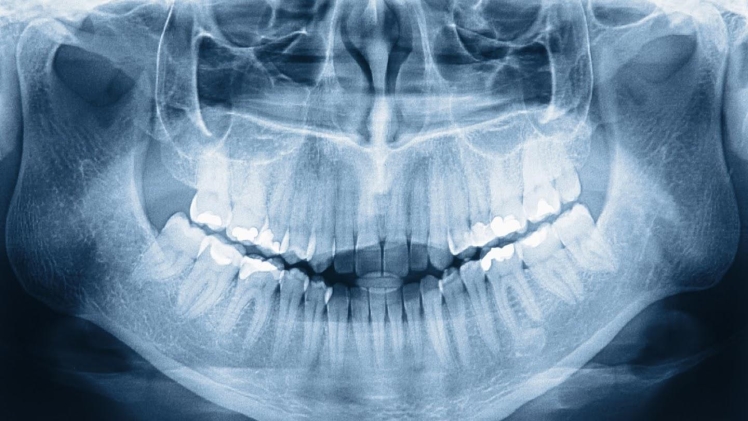Most times, whether it is a dentist or orthopedist, you might be often advised to take X-rays. Isn’t it? When it comes to cosmetic dentistry, taking X-rays is essential for diagnosing your medical condition accurately and giving effective treatments. You can find different types of Hilliard X-rays being used in cosmetic dentistry clinics. Of those types, CBCT (Cone Beam Computed Tomography) and digital X-rays are the most accurate ones used in modern dentistry for diagnosis. X-rays definitely play an essential role in almost all cosmetic dentistry procedures and in giving you a brighter and more beautiful smile.
We will now see more into the uses of X-rays in cosmetic dentistry and the different X-ray types used.
Uses of X-Rays in Cosmetic Dentistry
X-rays give dentists a better and clearer image of your oral condition. The doctors usually advise taking an X-ray when they require a detailed picture of your condition. Here are for what doctors mostly need you to take an X-ray:
- To find whether you need to undergo bone grafting before installing dental implants.
- For evaluating the condition of your tooth for proceeding with the root canal.
- To determine the extent of a tooth infection or decay.
- For diagnosing dental conditions such as tumors, cysts, or cancers in the oral cavity.
- To diagnose sleep apnea.
Different Types of X-Rays
The two most common types of X-rays used in cosmetic dentistry are:
-
Digital X-Rays
Digital X-rays provide you with an in-depth picture of your oral cavity using a digital sensor rather than traditional X-ray film. The reasons why you should choose Digital X-rays instead of conventional X-rays include:
- Reduces exposure to already-low radiation up to 90%.
- Allows doctors to instantly view the image and also enlarge the picture if required.
- Unlike traditional X-rays, Digital X-rays aren’t hazardous to the environment by any means. The film-processing step involved in the production of traditional X-rays is not involved in Digital X-ray making. So, Digital X-rays don’t pollute the environment at all.
-
CBCT Scanners
CBCT scanners are much more precise than Digital X-rays. The cone-beam computed tomography scanners provide you with a three-dimensional picture of your oral cavity. You actually get a very clear picture of teeth, nerve pathways, soft tissues, airway, and oral bones from a CBCT scanning report. The three-dimensional picture allows you to visualize all components of the oral cavities from every angle. Therefore, CBCT scanners provide a more precise picture that helps dentists in easy diagnosing.

